Search the Special Collections and Archives Portal
Search Results
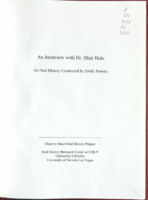
Transcript of interview with Blair Hale, by Emily Powers, June 16, 2006
Date
Archival Collection
Description
Text
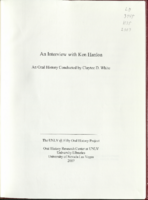
Transcript of interview with Ken Hanlon by Claytee D. White, November 29, 2006
Date
Archival Collection
Description
Text
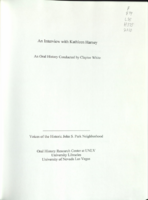
Transcript of interview with Kathleen Harney by Claytee D. White, July, 19, 2010
Date
Archival Collection
Description
Text
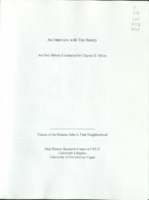
Transcript of interview with Timothy Harney by Claytee D. White, June 12, 2010
Date
Archival Collection
Description
Text
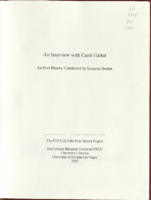
Transcript of interview with Carol Harter by Suzanne Becker, April 20, 2007
Date
Archival Collection
Description
Carol Harter and her husband of 46 years started their married lives by running away from college in their sophomore year. They spent the 60's working toward their degrees. Carol earned her bachelor's in 1964 and her master's in 1967. One of her professors encouraged her to go for her PhD at a time when women simply did not aspire to such heights. Dr. Harter completed her PhD in 1970, and because her husband wanted to work on his doctorate, they moved to Athens, Ohio. She taught at Ohio University while he completed his courses. They lived and worked and raised their children there for 19 years. Carol held the positions of ombudsman (2 years), vice president and dean of students combined (6 years), and vice president at the university, and then accepted the position of president at SUNY Geneseo (in New York). Carol was nominated for the presidency at UNLV in 1994, and she accepted the job in 1995. Her career here has been phenomenal, as she saw the potential of this very young university and set about bringing in the faculty, the funding, the buildings, and the vision to create a first-rate research oriented facility. During her administration, the new library went up, the law school and dental school were built, and over 550 million in gifts and pledges were raised. This includes money raised for the "Invent the Future" campaign. Under Dr. Harter's guidance, women's sports were expanded, multiple graduate degrees were developed, more money for research and buildings was raised, and UNLV has become a major research university. Dr. Harter leaves behind a rich legacy, including her vision of the UNLV Midtown project, a cultural district where the university may one day interface with the community.
Text

Transcript of interview with Mary Hausch by Claytee D. White, April 7, 2009
Date
Archival Collection
Description
Text
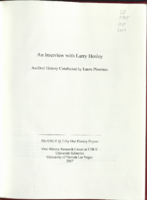
Transcript of interview with Larry Henley by Laura Plowman, May 23, 2007
Date
Archival Collection
Description
Text
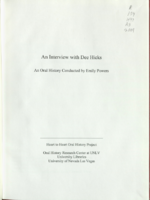
Transcript of interview with Dee Hicks by Claytee D. White, May 4, 2008
Date
Archival Collection
Description
Text
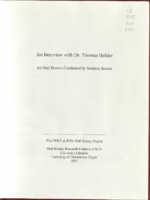
Transcript of interview with Dr. Thomas Holder by Suzanne Becker, August 08, 2006
Date
Archival Collection
Description
Text

Transcript of interview with Nancy Houssels by Claytee D. White, March 19, 2014
Date
Archival Collection
Description
Text
